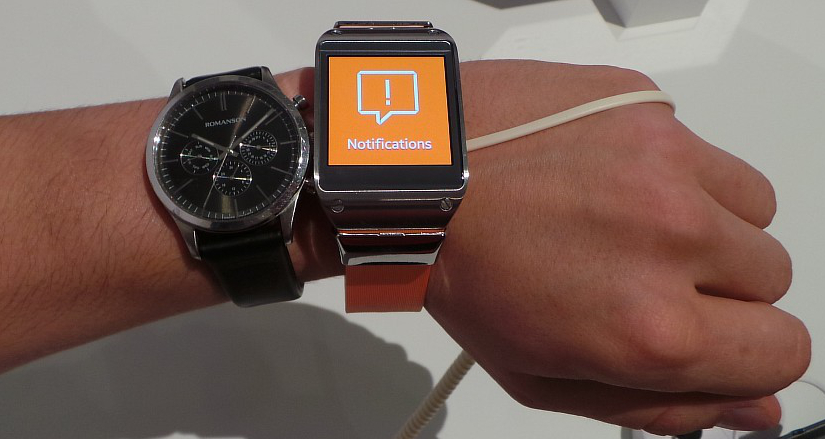Lecture: Comparing analogue and digital; databases and interfaces; algorithms and analytics; differentiating between digital media studies and digital humanities. [slides]
Readings:
Dewdney, Andrew. & Peter Ride. 2014. The digital media handbook. (2nd edition) Abingdon, Oxon: Routledge. Chapter 16-17, pp222-240) [pdf] (Also available from library as ebook)
Tutorial:
Before your class:
On at least one occasion in the 24 hours before the class, when you reach for a device stop and ask yourself these questions:
- What am I trying to achieve using the device?
- Could I achieve the same aim without using the device? If so how?
- If there is no alternative, what do you think people did before they had such devices?
Be prepared to describe your experience in class; take notes if necessary (you could take notes on your device, but then you should stop and think about what you are doing, then you will have to take notes about that experience…. just stop – it’s turtles all the way down!)
In class:
You are going to document your current location using only analogue tools, paper, pen, pencils, but absolutely no digital aids. Some of the things you should do are:
- draw a large-scale map showing your location in relation to the some larger context – the building, the street, the city
- draw a small scale map or maps showing interesting (to you) aspects of the local topography (i.e. the room)
- make drawings of salient visual features (we don’t care about the quality of the drawings – to break the embarrassment, here is one of Simon’s efforts, with photographic comparison)
- try to find ways to record information about other aspects of your location: sounds, other people, activities
Back in class, you will compare what different students have done and discuss the problems you encountered.
Web Skills
This week we will start using Composer in the SeaMonkey suite of tools for editing web content. We will replicate the basic operations from Week 1 using Composer and then move on to entering more complex text. We will also learn how to add images to a page.
SeaMonkey download site
Header Image: By Hi-tech@Mail.Ru [CC BY 3.0 (http://creativecommons.org/licenses/by/3.0) or Public domain], via Wikimedia Commons
